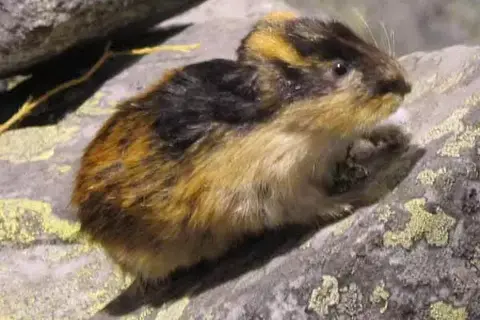7 Interesting Facts About The Cuckoo
Karla MillerThis bird doesn’t make nests or raise chicks. Its name has long since become a noun – the cuckoo is called a mother who abandons her children. It’s because this bird throws its eggs into other people’s nests. In summer, the cuckoo lays up to 25 eggs. Even with the help of a male, it can’t feed so many chicks, so it has to throw eggs to other birds. There are other interesting facts about the cuckoo. Not all cuckoos leave their children. Out of 140 species, only 50 don’t whip their nests, the rest take care of their offspring. Those who flip eggs look after a suitable nest in advance. Curiously, it’s always the nest of the bird that hatched its mother cuckoo from the egg. In the photo of the cuckoo, you can see that it is a gray and unremarkable bird. However, the discreet appearance hides the mind, memory, and pragmatic character. We have collected for you the most amazing and interesting facts about the cuckoo.
7 facts about the cuckoo
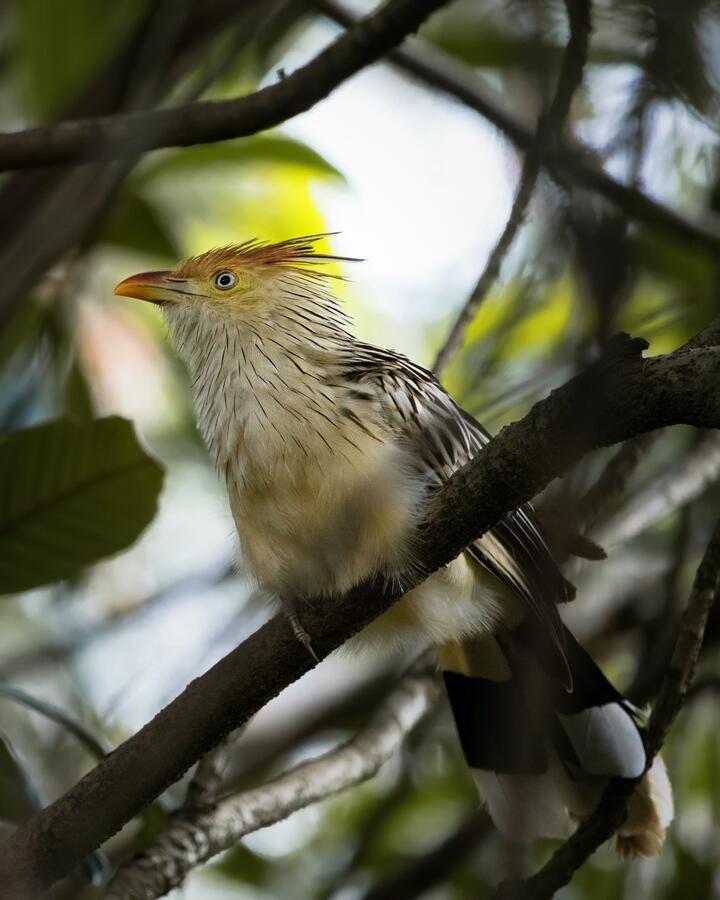 Photo by Neil Yonamine on pexels
Photo by Neil Yonamine on pexels1.The weight of a cuckoo egg is only three grams. All birds of this size have at least twice as many eggs.
2.The male looks and colored like a hawk. He scares the host bird, and the female throws the egg. It’s a kind of family-run.
3.The cuckoo not only throws in a nest of chicks that ruin their “nest neighbors”. They eat caterpillars that are poisonous to other species. The cuckoo won’t stop until it swallows them all.
4.Inside the cuckoo, the egg is already beginning to develop. So the laid egg has a much better germ development and the cuckoo hatches faster than the real nest master chicks.
5.Cuckoo usually lives secretly and alone. They can only be seen and heard in early summer, during the breeding season.
6.The Cuckoo always knows who will hatch earlier: the Cuckoo or its ‘nest neighbors’. If it is the last chick to hatch, it will destroy all eggs in the clutch, leaving the Cuckoo as its sole occupant.
7.The cuckoo clock first appeared in Germany in the 16th century. It quickly gained popularity by appearing in almost every house.
Top 3 most interesting facts about the cuckoo
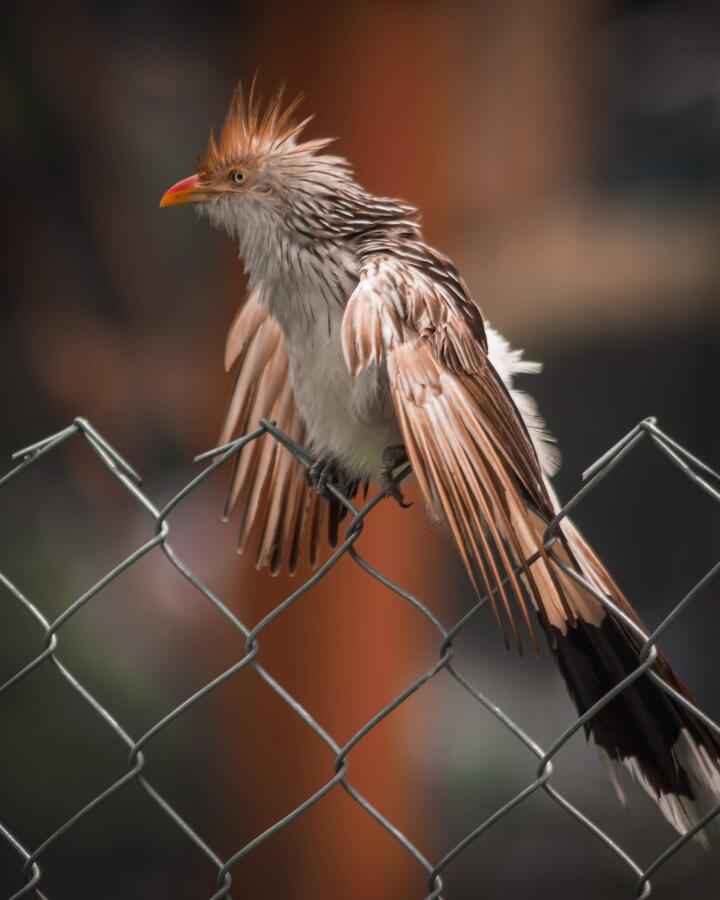 Photo by Jonathan Lusilva on pexels
Photo by Jonathan Lusilva on pexels1.According to Japanese legend, a cuckoo can travel between the worlds of the living and the dead. To gain this ability, she had to give up the ability to raise her children.
2.The cuckoo is resistant to many poisons. Even a scorpion bite is harmless to her.
3.Since its discovery, the deaf cuckoo has not stood out as a separate species because it looked like an ordinary cuckoo. It wasn’t until a century later that it turned out to be two different species.
Little-known facts about the cuckoo
The cuckoo is a migratory bird. By the end of summer, they begin to gain weight to bear the burdens of the journey more easily. They fly to Africa for the winter, traveling thousands of miles a day. And in spring, they start again on long-distance flights to get to more favorable places.
Did you like interesting facts about the cuckoo? Share it with your friends.
Interesting Facts About Cuckoo Bird Facts
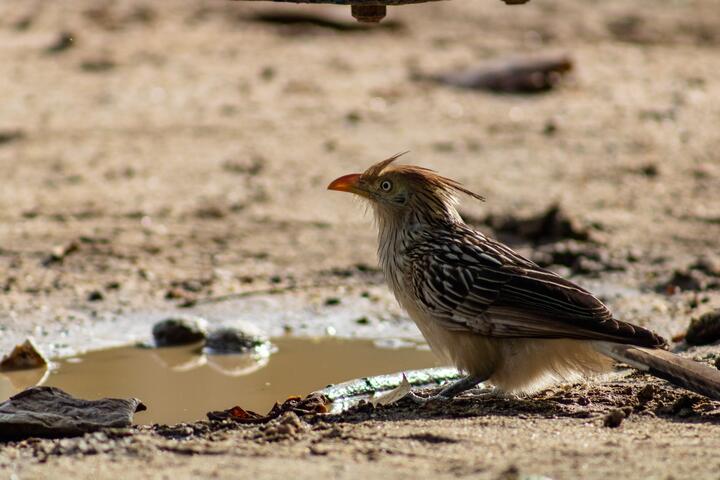 Photo by Gabriel Périssé on pexels
Photo by Gabriel Périssé on pexelsYou’ve probably heard of the cuckoo, but what do you know about this avian? They’re actually a member of the Cuculidae family, which is the sole family within the order Cuculiformes. Other birds in this family include roadrunners, koels, malkohas, couas, crotophagidae, and crocodiles.
The cuckoo is a crow-like bird that lives in trees or low shrubs. It’s a common bird throughout Europe, but it’s not a good pet, and owning one is illegal in most countries. However, the care of a cuckoo is different depending on the species. The arboreal variety needs plenty of perches and high, tall plants, while terrestrial varieties require substrates similar to their natural habitat.
Cuckoos vary greatly in appearance, with some species being larger than others. Some species are smaller than others and have smaller feet than others. In general, cuckoos lack parental instincts and are extremely shy birds. Some species even breed in the wild. Their solitary habits and social behavior make them popular pets, but cuckoos can be a nuisance to the people around them. The birds are often used in commercial settings as well as at homes, which makes them the perfect pets for those with children.
While the cuckoo is an interesting bird, it is not the most beautiful. The color of its plumage varies between species and the overall shape of the bird varies from blue to grey. In addition to being a popular pet, cuckoos are also known to be brood parasites, meaning that they lay their eggs inside the nests of other birds. These traits are especially detrimental for the birds as they’re known to attack other species.
Despite their beautiful plumage, cuckoos are solitary birds, rarely forming flocks with other birds. They are most active during the day and shy away from humans. They eat a variety of insects, caterpillars, and fruit, and their eggs are orange, red, or yellow. They’re not endangered, but their numbers have decreased due to habitat loss and climate changes. These cuckoo bird facts can help you understand the fascinating lives of these solitary birds.
Despite the name, cuckoos have many interesting facts. Their unique habitat is a combination of woodlands, open scrub, and reed beds. Although it is a winter visitor, the cuckoo is usually seen from late March to the end of August. This makes it a very flexible and adaptable bird. It can survive in a wide range of habitats, including open spaces, ponds, and forests.
The cuckoo belongs to the Cuculiformes family, and its 60 species are arboreal. The European cuckoo is the most famous of all and is also known as the common or European cuckoo. Its other names include the roadrunner, coucal, and roadrunner. The ground cuckoo, on the other hand, belongs to the Neomorphinae subfamily and is known for brood parasitism.
The cuckoo is a common garden bird in England and has many different species. It can be found in gardens and is commonly seen throughout Europe. The species of cuckoos is considered to be a common backyard bird in the UK. Its native habitat is very different in the US and Canada. They both nest in trees and bushes. The British cuckoo has no nest of its own. They rely on other birds for feeding and incubation.
Some cuckoos migrate between their two species. The little bronze cuckoo is a small bronze bird that is six inches long and weighs less than half an ounce. The channel-billed cuckoo, on the other hand, is 10 times larger. It weighs 1.3 pounds and is found in eastern Australia, northern New Zealand, and southern France. The species of this bird are mainly nocturnal.
Some species of cuckoos are solitary, though a large minority of them also engage in brood parasitism. The majority of cuckoo species nest in trees or bushes, but a small number of them do not. The non-parasitic cuckoos still feed their young. The parasitic ones, on the other hand, lay their eggs in the same color as their host’s eggs.
- Wildlife26 Interesting Facts About Lions
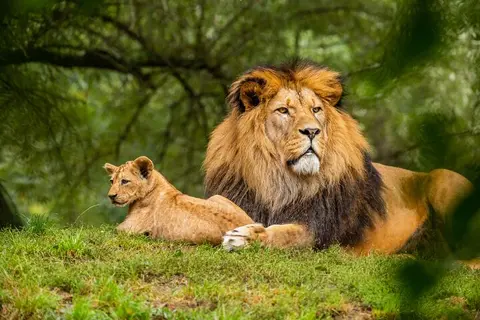
- Birds22 Interesting Facts About EaglesBy Lucas Torres
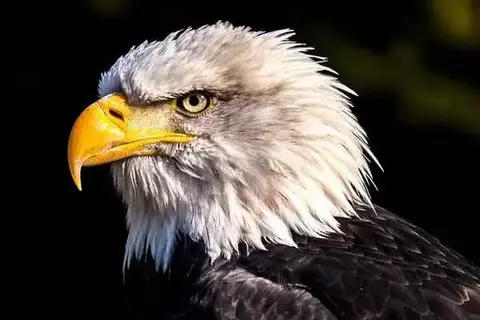
- BirdsWhat Do Tits Eat?By Charlotte Green
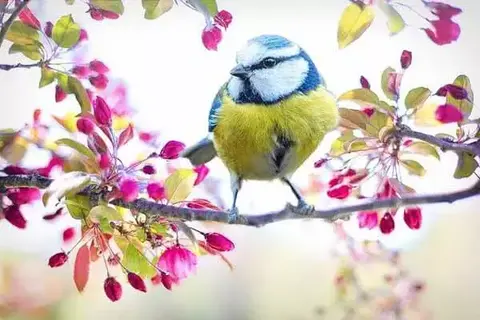
- WildlifeMaximum Antelope SpeedBy Evelyn Star
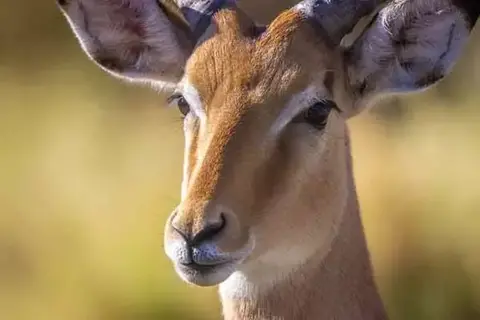
- Birds50 Interesting And Surprising Facts About DovesBy Evelyn Star
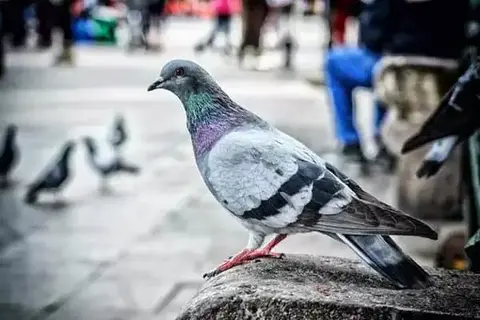
- BirdsWhat Do Hawks Eat In The Wild?By Khai Dove
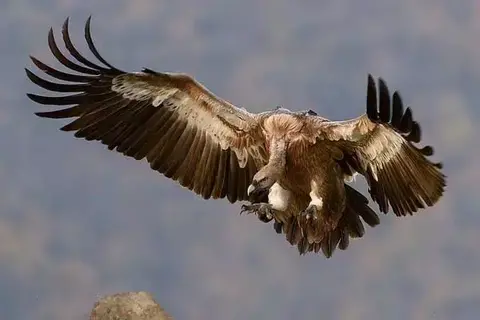
- DogsInteresting Facts About DingoesBy Lucas Torres
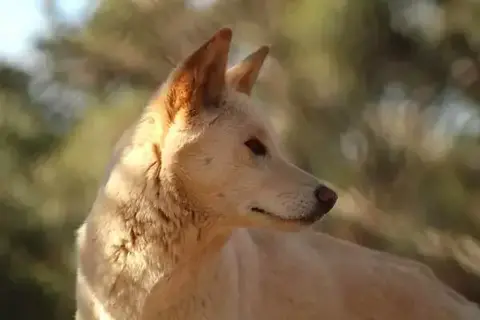
- Rodents7 Interesting Facts About SquirrelsBy Lucas Torres
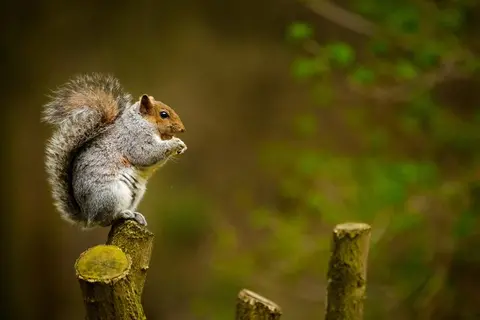
- Rodents20 Interesting Facts About RodentsBy Murphy Scott
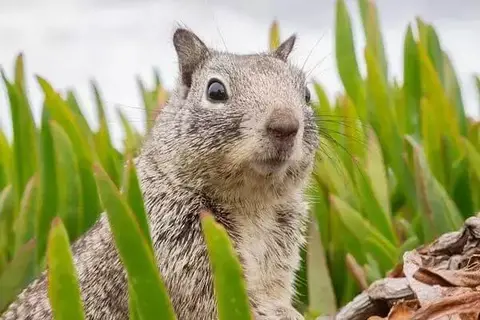
- Rodents7 Interesting Facts About LemmingsBy Charlotte Green
